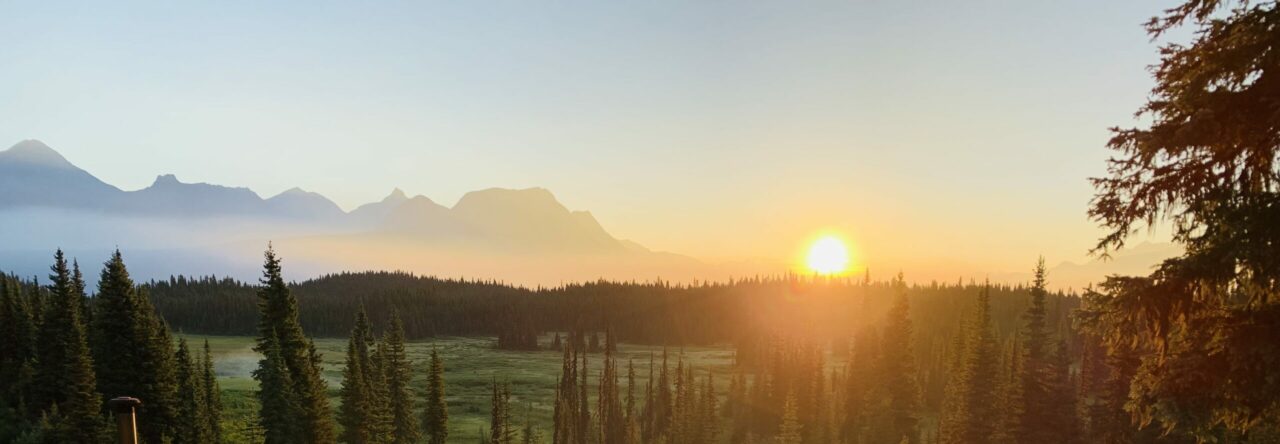As a mature student in the B.Ed program, my elementary (K-7) years are long gone! I entered Kindergarten in 1988 (33 years ago) and completed Grade 7 in 1995 (26 years ago)!! Much has changed in Education since that time, especially in Indigenous Education. The BC First Nations School Association (FNSA) was not even established until 1996, after my elementary school days, and the BC First Nations Education Steering Committee (FNESC) was in its infancy—having only been founded in 1992.
Major advances in Indigenous Education took place in 2006/07, with the First Nations Education Jurisdiction Agreements; in 2012, with the Tripartite Education Framework Agreement (TEFA); in 2015, with the FNESC/BC Ministry of Education Protocol Agreement; and, in 2017/18, with the Education Partnership Program and First Nations Language Initiative (FNESC/FNSA 2017-18 Annual Report). Additionally, in 2016/17, BC’s Redesigned Curriculum for Grades K-9 was implemented, infusing the curriculum with Indigenous perspectives and knowledge. My one wish, therefore, is that these initiatives had been in place when I attended elementary school.
Still, all was not lost for me. I did experience “light” in Indigenous Education. My first star is that I was privileged to have several great teachers who embraced indigenous knowledge and perspectives before they were part of the curriculum. My fourth-grade teacher—a kind, intelligent, and open-minded settler woman—embodied the First Peoples Principles of Learning (FPPL) before they were set out by the FNESC. Learning in her classroom supported the well-being of the self, family, the community, the land, the sprits, and the ancestors. We were embraced exactly as we were, each of us with our own identity, values, norms, and beliefs. She insured that every student was treated equitably and were valued for who they were.
My second star is that I was privileged to attend a school that embraced place-based learning, situated in a rural, forested area adjacent to Ten Mile Lake, on the unceded traditional territory of the Lhtako Dene First Nation. Here, my learning was holistic, reflexive, reflective, experiential, and relational (focused on connectedness, reciprocity, and a sense of place). Learning embraced generational roles and responsibilities, with many parents and grandparents (including my own) invited into the classroom, the school, and on field trips where they contributed knowledge and were valued and respected.
My third star is that I had the honour of learning alongside several indigenous students whose ways of knowing and being were recognized and valued in the school and in our classrooms. Story, memory, and history were part of our learning and we had opportunities to share and reflect on our ancestry and explore our identities. Students were encouraged to share information and/or artifacts from their cultures (if they were comfortable doing so). An Indigenous boy in my class often shared, bringing his family’s homemade deer jerky and the moccasins his mother made him. As a result, our teacher taught us the importance of these items in indigenous cultures. We learned about clothing, tools, hunting, gathering, cooking, shelter and trade. This boy, whom I had known since kindergarten, struggled with English Language Arts—one of my strengths—and I remember helping him whenever I could. In doing so, I had opportunities to explore life outside of me and the subjects. We developed a reciprocal, respectful relationship and our interactions taught me about respect for difference, diversity, and inclusion.
So, while I wish that my elementary years were more formally enveloped by the initiatives of the FSNA, FNESC, and redesigned curriculum, I believe that my educators and my school embraced such initiatives well-before they came into effect—and, for that, I am grateful!

Leave a Reply